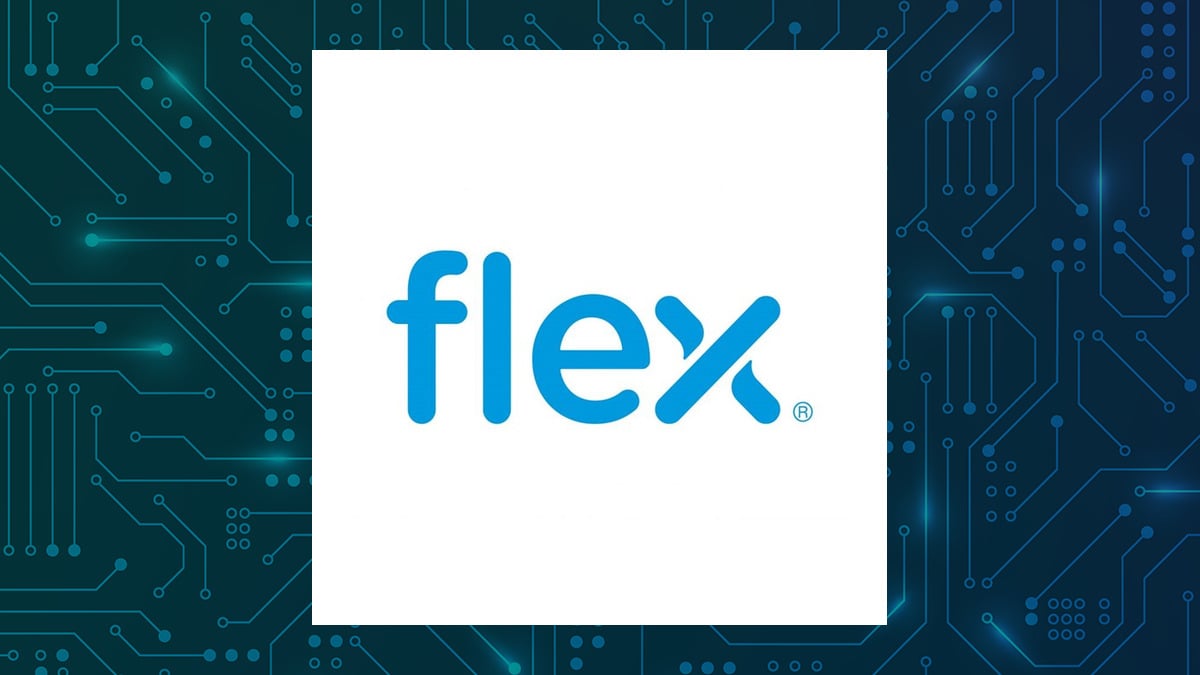Flex (NASDAQ:FLEX – Get Free Report) and Research Frontiers (NASDAQ:REFR – Get Free Report) are both computer and technology companies, but which is the superior investment? We will contrast the two businesses based on the strength of their institutional ownership, earnings, dividends, profitability, risk, valuation and analyst recommendations.
Risk and Volatility
Flex has a beta of 1.05, indicating that its share price is 5% more volatile than the S&P 500. Comparatively, Research Frontiers has a beta of 0.09, indicating that its share price is 91% less volatile than the S&P 500.
Insider & Institutional Ownership
94.3% of Flex shares are held by institutional investors. Comparatively, 11.9% of Research Frontiers shares are held by institutional investors. 0.6% of Flex shares are held by company insiders. Comparatively, 6.5% of Research Frontiers shares are held by company insiders. Strong institutional ownership is an indication that large money managers, endowments and hedge funds believe a stock is poised for long-term growth.
Valuation & Earnings
| Gross Revenue | Price/Sales Ratio | Net Income | Earnings Per Share | Price/Earnings Ratio | |
| Flex | $25.81 billion | 0.71 | $838.00 million | $2.28 | 21.49 |
| Research Frontiers | $1.34 million | 36.91 | -$1.31 million | ($0.05) | -29.40 |
Flex has higher revenue and earnings than Research Frontiers. Research Frontiers is trading at a lower price-to-earnings ratio than Flex, indicating that it is currently the more affordable of the two stocks.
Analyst Recommendations
This is a breakdown of current recommendations for Flex and Research Frontiers, as reported by MarketBeat.com.
| Sell Ratings | Hold Ratings | Buy Ratings | Strong Buy Ratings | Rating Score | |
| Flex | 0 | 1 | 7 | 0 | 2.88 |
| Research Frontiers | 0 | 0 | 0 | 0 | 0.00 |
Flex presently has a consensus price target of $53.7143, suggesting a potential upside of 9.62%. Given Flex’s stronger consensus rating and higher possible upside, equities research analysts plainly believe Flex is more favorable than Research Frontiers.
Profitability
This table compares Flex and Research Frontiers’ net margins, return on equity and return on assets.
| Net Margins | Return on Equity | Return on Assets | |
| Flex | 3.42% | 20.25% | 5.47% |
| Research Frontiers | -143.78% | -72.81% | -50.27% |
Summary
Flex beats Research Frontiers on 12 of the 14 factors compared between the two stocks.
About Flex
 Flex Ltd. provides technology, supply chain, and manufacturing solutions in Asia, the Americas, and Europe. It operates through three segments: Flex Agility Solutions (FAS), Flex Reliability Solutions (FRS), and Nextracker. The FAS segment offers flexible supply and manufacturing system comprising communications, enterprise and cloud solution, which includes data, edge, and communications infrastructure; lifestyle solution including appliances, consumer packaging, floorcare, micro mobility, and audio; and consumer devices, such as mobile and high velocity consumer devices. Its FRS segment provides complex ramps with specialized production models and critical environments, which comprise automotive including next generation mobility, autonomous, connectivity, electrification, and smart technologies; health solutions, such as medical devices, medical equipment, and drug delivery; and industrial solutions including capital equipment, industrial devices, and renewables and grid edge. The Nextracker segment offers solar tracker and software solutions, which are used in utility-scale and ground-mounted distributed generation solar projects. In addition, it provides a broad array of services including design and engineering, component services, rapid prototyping, fulfillment, and circular economy solutions. The company was formerly known as Flextronics International Ltd. and changed its name to Flex Ltd. in September 2016. Flex Ltd. was founded in 1969 and is headquartered in Singapore.
Flex Ltd. provides technology, supply chain, and manufacturing solutions in Asia, the Americas, and Europe. It operates through three segments: Flex Agility Solutions (FAS), Flex Reliability Solutions (FRS), and Nextracker. The FAS segment offers flexible supply and manufacturing system comprising communications, enterprise and cloud solution, which includes data, edge, and communications infrastructure; lifestyle solution including appliances, consumer packaging, floorcare, micro mobility, and audio; and consumer devices, such as mobile and high velocity consumer devices. Its FRS segment provides complex ramps with specialized production models and critical environments, which comprise automotive including next generation mobility, autonomous, connectivity, electrification, and smart technologies; health solutions, such as medical devices, medical equipment, and drug delivery; and industrial solutions including capital equipment, industrial devices, and renewables and grid edge. The Nextracker segment offers solar tracker and software solutions, which are used in utility-scale and ground-mounted distributed generation solar projects. In addition, it provides a broad array of services including design and engineering, component services, rapid prototyping, fulfillment, and circular economy solutions. The company was formerly known as Flextronics International Ltd. and changed its name to Flex Ltd. in September 2016. Flex Ltd. was founded in 1969 and is headquartered in Singapore.
About Research Frontiers
 Research Frontiers Incorporated engages in the development and marketing of technology and devices to control the flow of light worldwide. It develops and licenses suspended particle device (SPD-Smart) light-control technology to companies that manufacture and market the SPD-Smart chemical emulsion, light-control film made from the chemical emulsion, the light-control panels made by laminating the film, and electronics to power end-products incorporating the film, as well as lamination services for and the end-products, such as windows, skylights, and sunroofs. The company's SPD-Smart light-control technology is used in various product applications, including windows, sunshades, skylights, and interior partitions for homes and buildings; automotive windows, sunroofs, sun-visors, sunshades, rear-view mirrors, instrument panels, and navigation systems; aircraft windows; museum display panels, and eyewear products; and flat panel displays for electronic products. It serves architectural, automotive, marine, and aerospace and appliance applications. The company was incorporated in 1965 and is headquartered in Woodbury, New York.
Research Frontiers Incorporated engages in the development and marketing of technology and devices to control the flow of light worldwide. It develops and licenses suspended particle device (SPD-Smart) light-control technology to companies that manufacture and market the SPD-Smart chemical emulsion, light-control film made from the chemical emulsion, the light-control panels made by laminating the film, and electronics to power end-products incorporating the film, as well as lamination services for and the end-products, such as windows, skylights, and sunroofs. The company's SPD-Smart light-control technology is used in various product applications, including windows, sunshades, skylights, and interior partitions for homes and buildings; automotive windows, sunroofs, sun-visors, sunshades, rear-view mirrors, instrument panels, and navigation systems; aircraft windows; museum display panels, and eyewear products; and flat panel displays for electronic products. It serves architectural, automotive, marine, and aerospace and appliance applications. The company was incorporated in 1965 and is headquartered in Woodbury, New York.
Receive News & Ratings for Flex Daily - Enter your email address below to receive a concise daily summary of the latest news and analysts' ratings for Flex and related companies with MarketBeat.com's FREE daily email newsletter.
